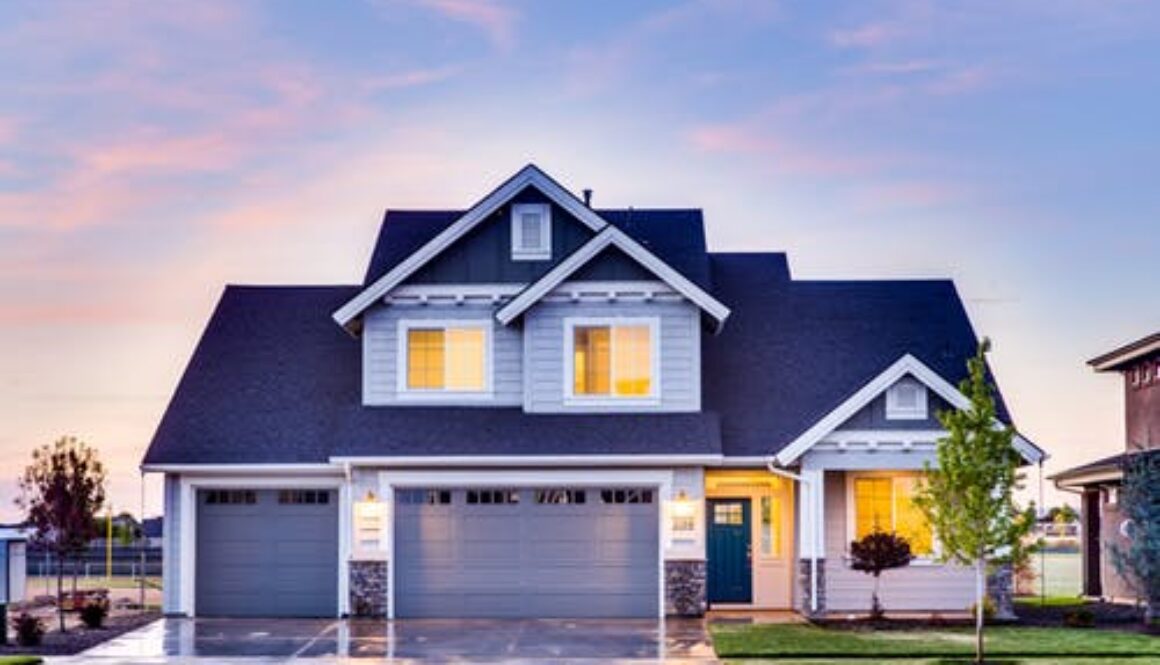How to Make a Disabled Family Member Feel Comfortable at Home

Saying I do and for better or worse are vows you take when you get married. After the wedding organizing your new house is an exciting time. Unfortunately, sometimes tragedy strikes in families
and you may have to take in a family member that becomes disabled or even something could happen to you or your spouse.
Disability affects at least 61 million Americans, according to the
CDC. Their limited mobility impacts their way of life, even at home.
CDC. Their limited mobility impacts their way of life, even at home.
One of the things we can do for a disabled family member is
to make our homes adaptable to their condition. Home remodeling or home modification
for the disabled is becoming a common move among Americans affected by
disabilities. This involves installing a chairlift and additional handrails
onto the staircase, making bathroom modifications, and more. Even vehicles in
Salt Lake City and any other areas can also be modified by having adurable wheelchair liftinstalled inside.
to make our homes adaptable to their condition. Home remodeling or home modification
for the disabled is becoming a common move among Americans affected by
disabilities. This involves installing a chairlift and additional handrails
onto the staircase, making bathroom modifications, and more. Even vehicles in
Salt Lake City and any other areas can also be modified by having adurable wheelchair liftinstalled inside.
That said, let’s skim our options for a home modification.
Modification Devices
- Chairlifts
If your home has more than one story, then installing a
chairlift (or stairlift) along your staircases will be highly helpful. This
allows disabled people to go up the upper levels of their homes instead of
being forced to stay in the main levels only. Both straight and curved
chairlifts are available, with the latter priced higher.
chairlift (or stairlift) along your staircases will be highly helpful. This
allows disabled people to go up the upper levels of their homes instead of
being forced to stay in the main levels only. Both straight and curved
chairlifts are available, with the latter priced higher.
2. Handrails
You don’t need to have a disabled family member to install
additional handrails onto your staircases. Two handrails help the elderly climb
up and down the stairs with more support. Especially with senior adults being
rushed to the ER from falls every 11 seconds, preventive measures become even
more crucial. Thus, if you’re living with seniors, reinforce their safety now
while no accidents have happened yet.
additional handrails onto your staircases. Two handrails help the elderly climb
up and down the stairs with more support. Especially with senior adults being
rushed to the ER from falls every 11 seconds, preventive measures become even
more crucial. Thus, if you’re living with seniors, reinforce their safety now
while no accidents have happened yet.
3. Wheelchair Ramps
Ramps at elevated areas of your home will help your
wheelchair-bound family member or guest navigate around the house easier. If
you’re installing this by an entrance, make sure to widen the doorway as well,
to ensure that a wheelchair will fit.
wheelchair-bound family member or guest navigate around the house easier. If
you’re installing this by an entrance, make sure to widen the doorway as well,
to ensure that a wheelchair will fit.
4. Bath
Modifications
Modifications
Installing a seat in the bath will be essential for the
disabled, as well as hands-free shower controls, so they can bathe without much
assistance. Moreover, removing thresholds in the shower will allow wheelchairs
to pass through with ease. Grab bars along the walls will also be important to
provide support for the disabled while they move in the bath.
disabled, as well as hands-free shower controls, so they can bathe without much
assistance. Moreover, removing thresholds in the shower will allow wheelchairs
to pass through with ease. Grab bars along the walls will also be important to
provide support for the disabled while they move in the bath.
5. Comfort Height
Toilet
Toilet
A higher toilet seat will make moving from a wheelchair to a
toilet much easier. Comfort height toilets have similar heights to a standard
chair.
toilet much easier. Comfort height toilets have similar heights to a standard
chair.
6. Kitchen and
overall interior modifications
overall interior modifications
Hands-free faucet controls are also beneficial for the
disabled, but if your budget is limited, you can instead change the grips to
the lever-style type, as they’re easier to control than a knob-style type.
Installing wall-mounted sinks will also help the disabled wash their hands
without standing up. As for countertops, installing lower ones (34 inches high
at most) will help them prepare meals while seated.
disabled, but if your budget is limited, you can instead change the grips to
the lever-style type, as they’re easier to control than a knob-style type.
Installing wall-mounted sinks will also help the disabled wash their hands
without standing up. As for countertops, installing lower ones (34 inches high
at most) will help them prepare meals while seated.
Changing your doorknobs to lever-style types will also be
more user-friendly for the disabled. And for your flooring, consider vinyl,
low-level carpet, or wood, to make them less slippery and risky for the
disabled.
more user-friendly for the disabled. And for your flooring, consider vinyl,
low-level carpet, or wood, to make them less slippery and risky for the
disabled.
Home Modification Grants
Home modification won’t come cheap, but fortunately,organizations and private non-profit charitiescan
offer financial assistance to those in need.
offer financial assistance to those in need.
Veterans can be assisted by the U.S. Department of Veterans
Affairs (VA) inhome remodelingor buying or building a new home. For others,
consulting your state’s Department of Disabilities will help you know which
grants you can qualify for. For employees who got disabled, the U.S. Department
of Labor’s Office of Disability Employment Policy can provide them with home
modification grants.
Affairs (VA) inhome remodelingor buying or building a new home. For others,
consulting your state’s Department of Disabilities will help you know which
grants you can qualify for. For employees who got disabled, the U.S. Department
of Labor’s Office of Disability Employment Policy can provide them with home
modification grants.
To qualify for a grant, you need to prove that your
disability truly limits your movements at home. You also need to submit your
home modification plans for approval. Note that many organizations require only
a licensed contractor to design your home modification; otherwise, you may be
denied the grant.
disability truly limits your movements at home. You also need to submit your
home modification plans for approval. Note that many organizations require only
a licensed contractor to design your home modification; otherwise, you may be
denied the grant.
Photo Credit: Pexels.com
For help planning your perfect wedding contact tracie@yourethebride.com or call
248-408-4602
Visit our website at www.yourethebride.com and “LIKE” our Facebook page at www.facebook.com/yourethebride or follow us
on Instagram at www.instagram/com/yourethebride

